Comparison of Wastewater Treatment Using Activated Carbon from Bamboo and Oil Palm
Comparison of Wastewater Treatment Using Activated Carbon from Bamboo and Oil Palm
Source:https://jtrss.umk.edu.my/
Authors:W.K. Koo, N.A. Gani, M.S. Shamsuddin, N.S. Subki, M.A. Sulaiman
Abstract
Developing country causes growth of industries sectors. Despite that industrial sectors releases massive amount of waste water into the environment. At the same time, the increasing number of vehicles in Malaysia promotes the development of automobile workshop that produces huge amount of wastewater as well. Wastewater contains high level of suspended total solids and leave untreated. For instance oil, grease, dyestuff, chromium, phosphate in washing products and colouring, as well as heavy metals such as lead, cadmium, barium and others potential metals. All these hazardous wastes directly pollute the environment especially the groundwater and harm the ecosystem. In order to minimize and reduce the impact to the environment, the wastewater needed to be treated using technology such as permeable reactive barrier (PRB). Activated carbon is one of the PRB utilised. It is a compromised material for treatment of wastewater where there are varieties of sources to produce activated carbon. Malaysia as an active agricultural country, massive amount of agriculture wastes can be turned into activated carbon. They are two methods used to produce activated carbon, namely furnace heat processing and microwave processing. The usage of furnace and microwave instruments can produce different quality of activated carbon due to different mechanism involves. Furnace heat processing transferred the heat from external to the internal but microwave processing is vice versa. In this article, a brief overview of activated carbon usage for wastewater treatment is highlighted.
Only logged in customers who have purchased this product may leave a review.


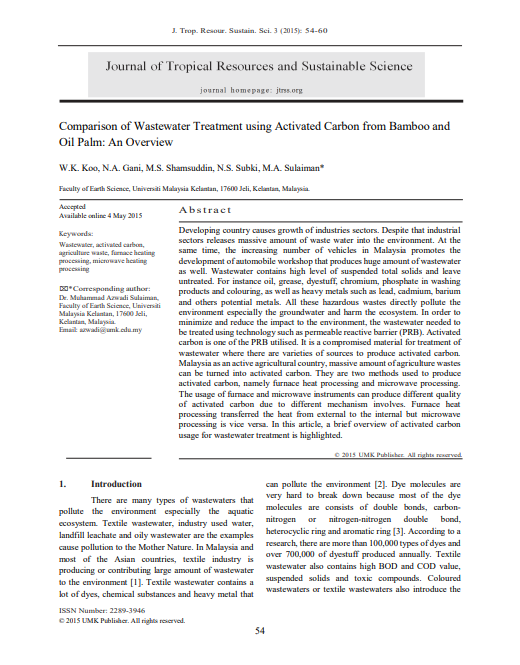
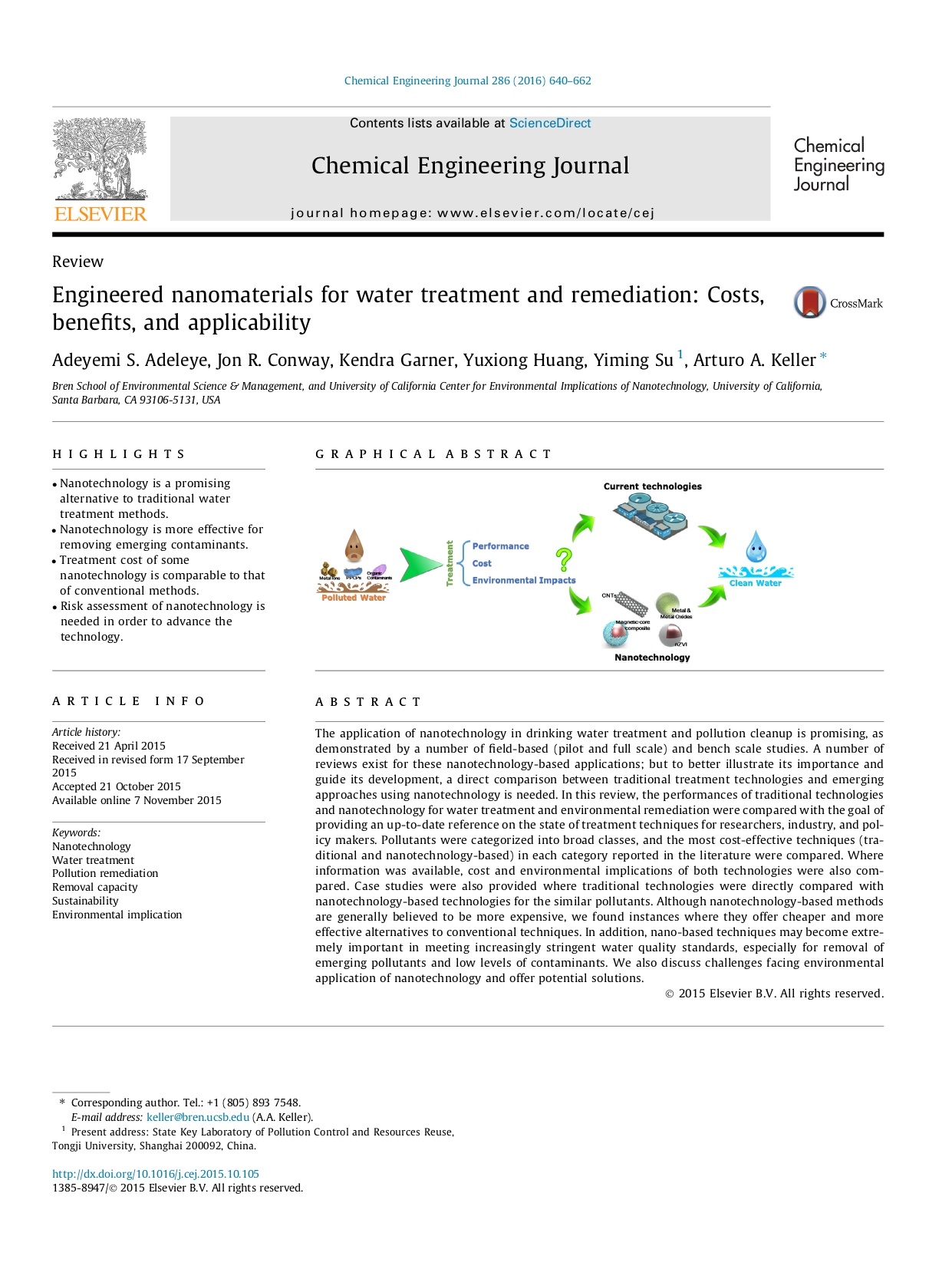
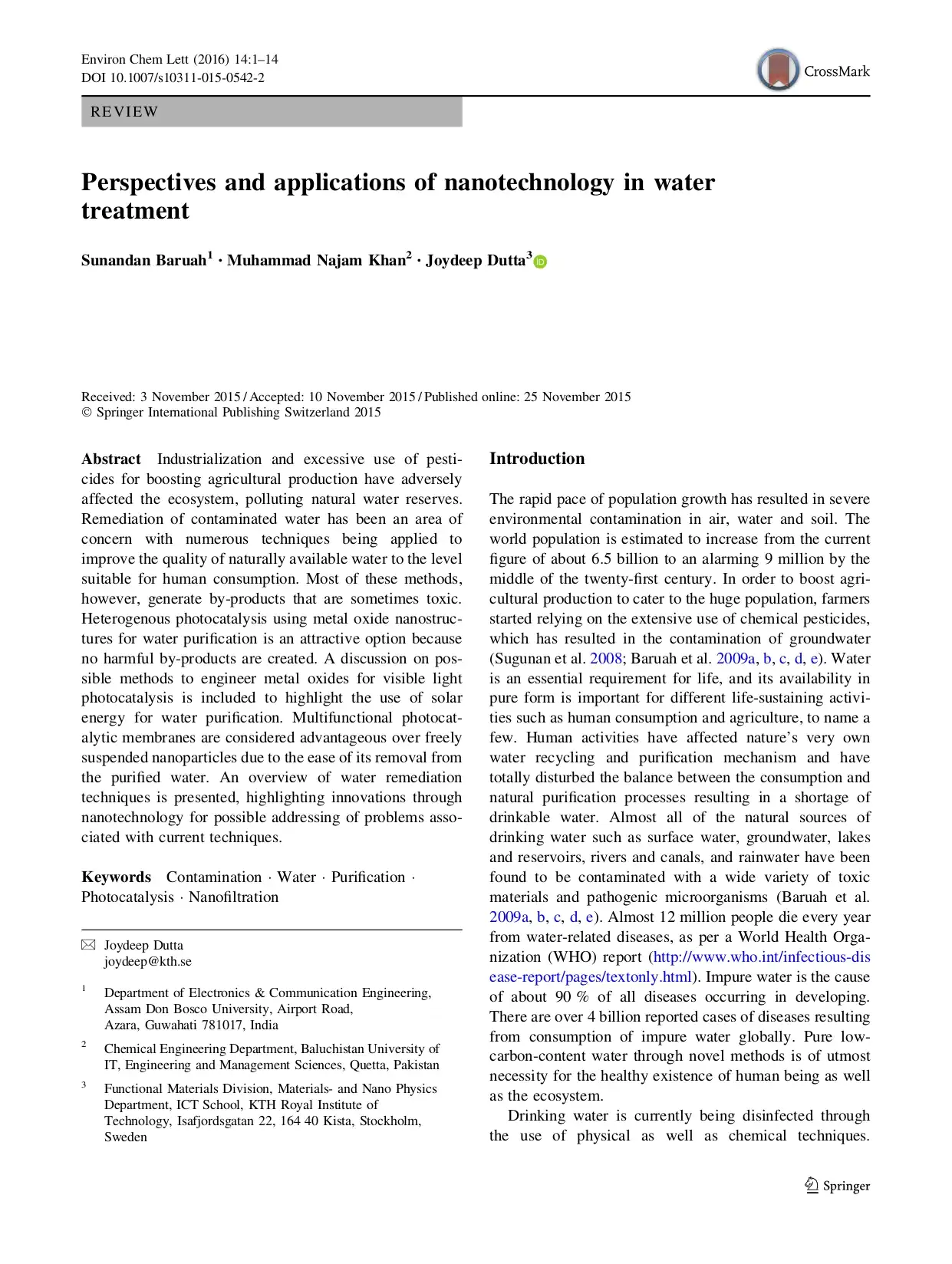
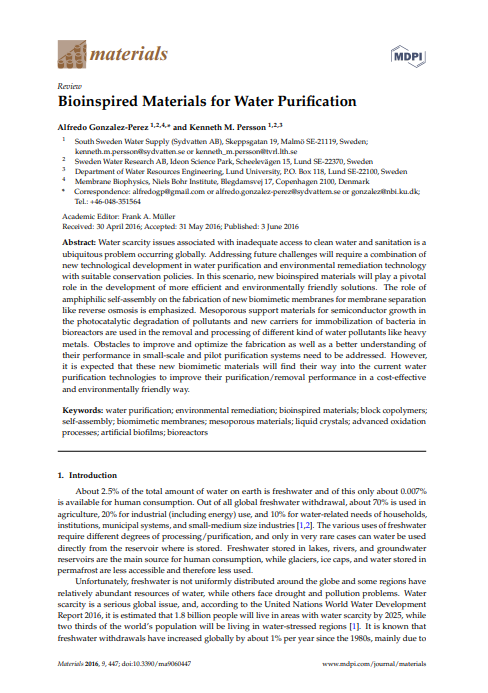
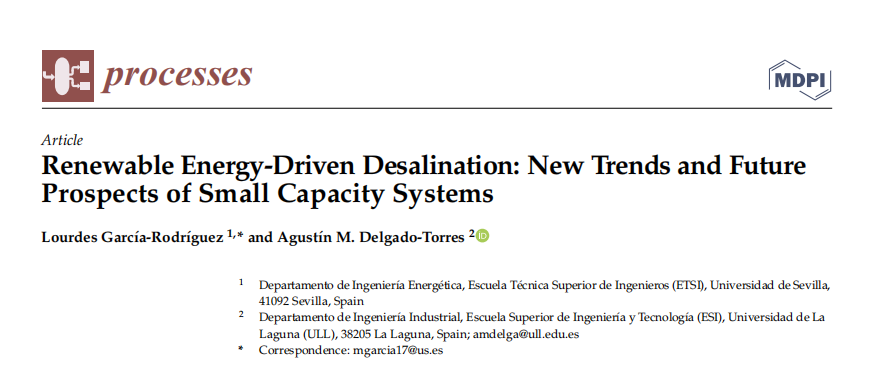
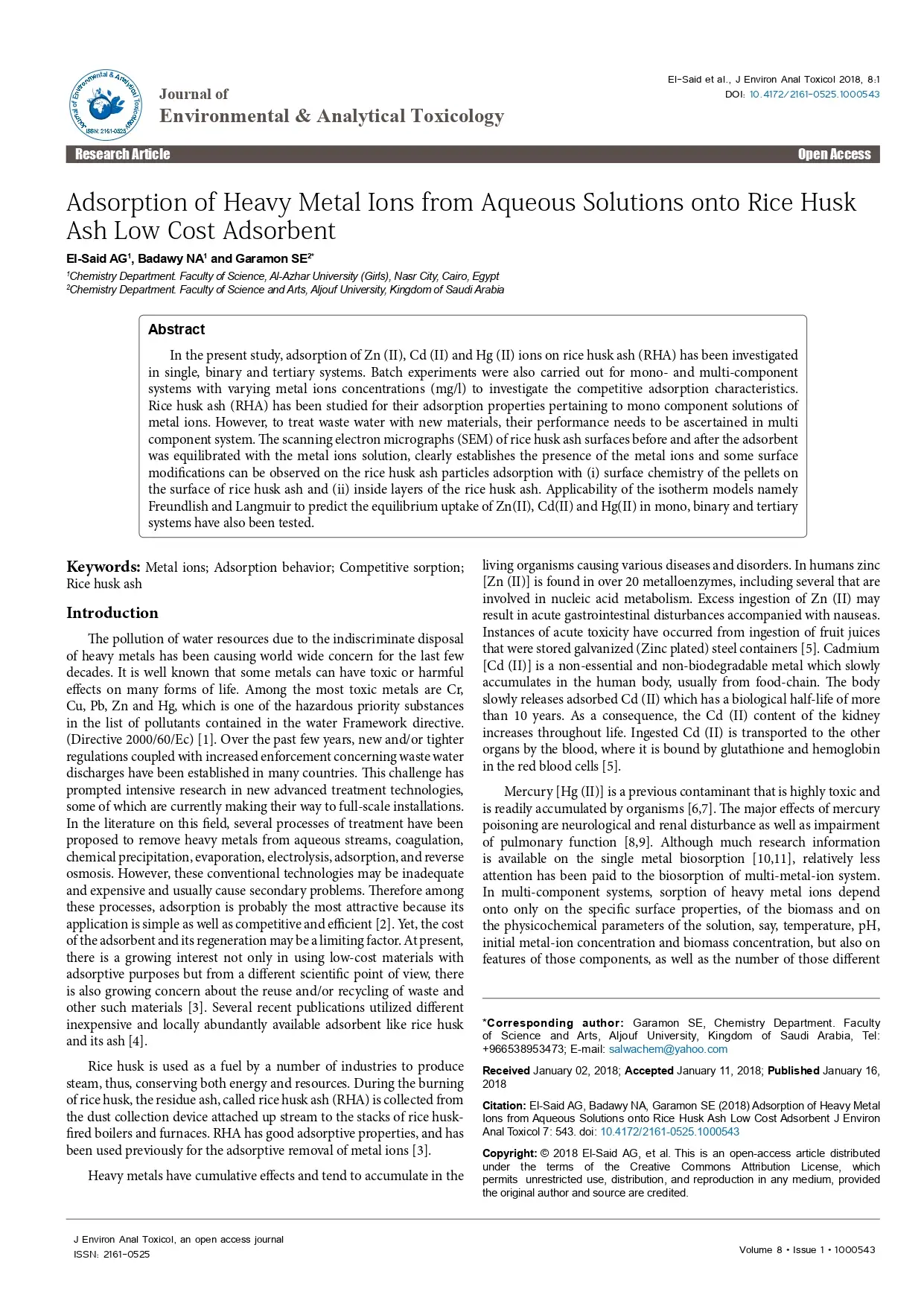
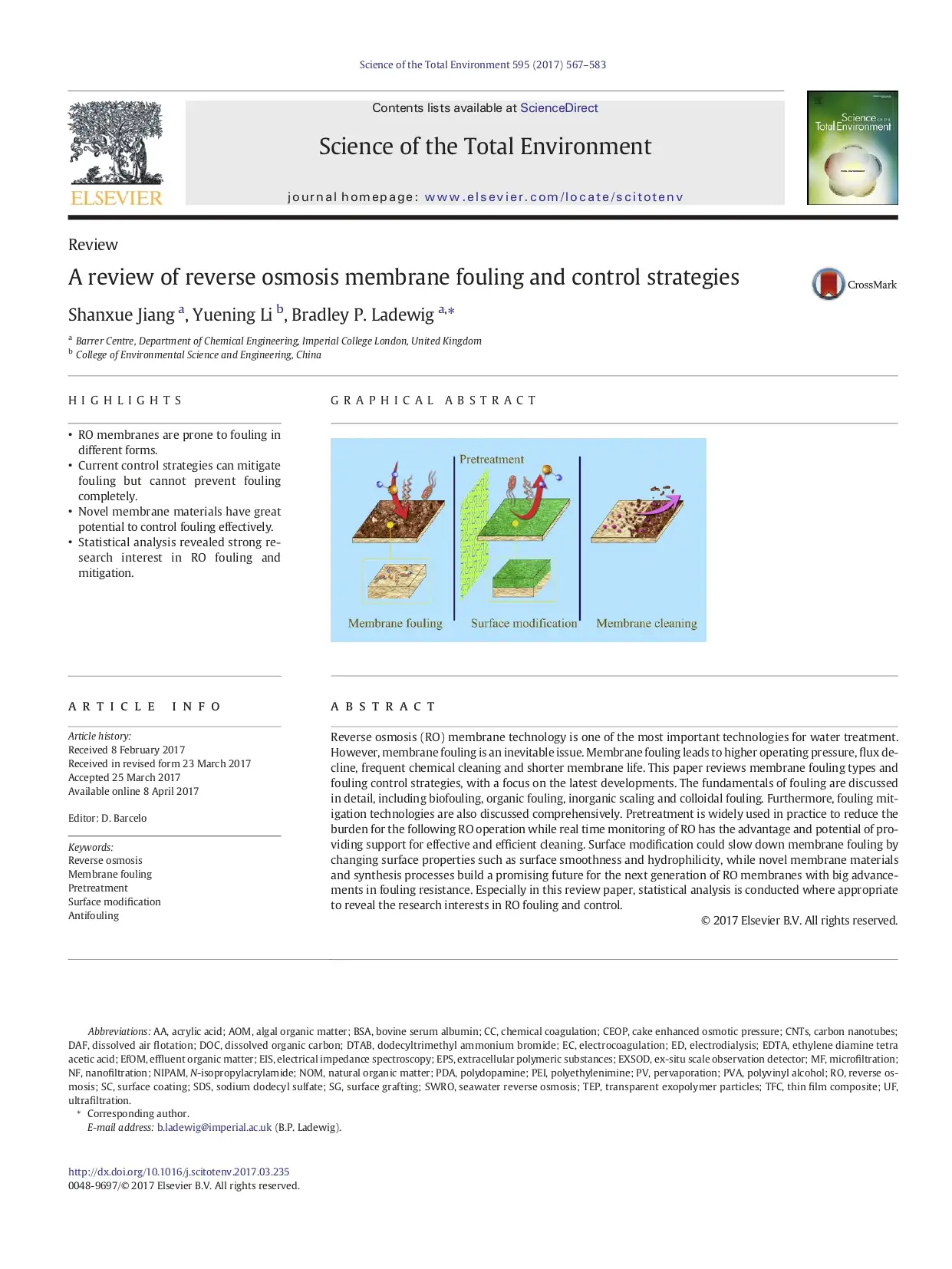
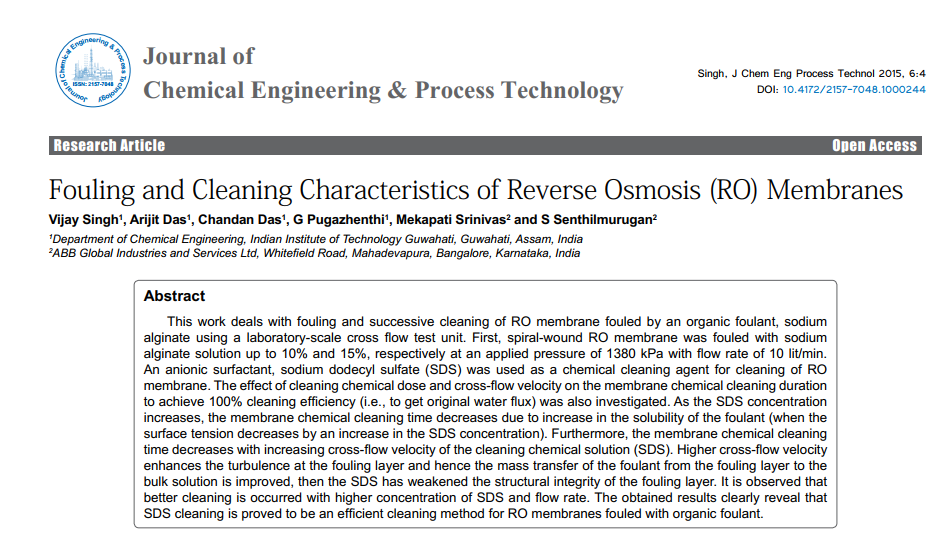

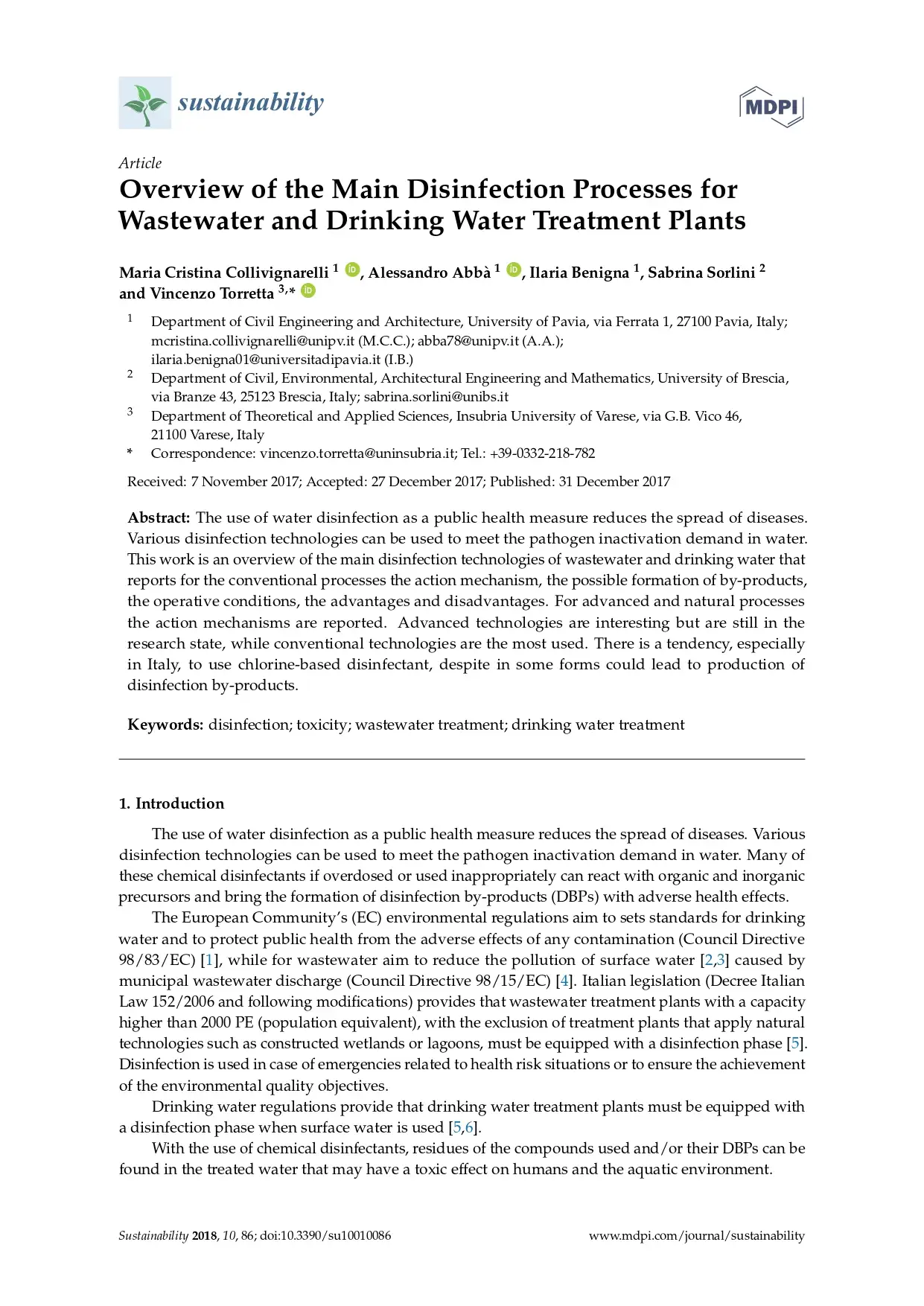
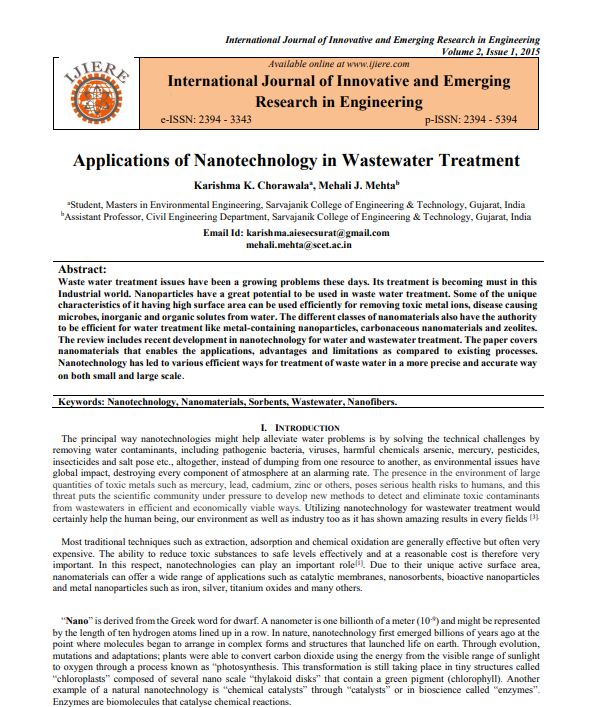
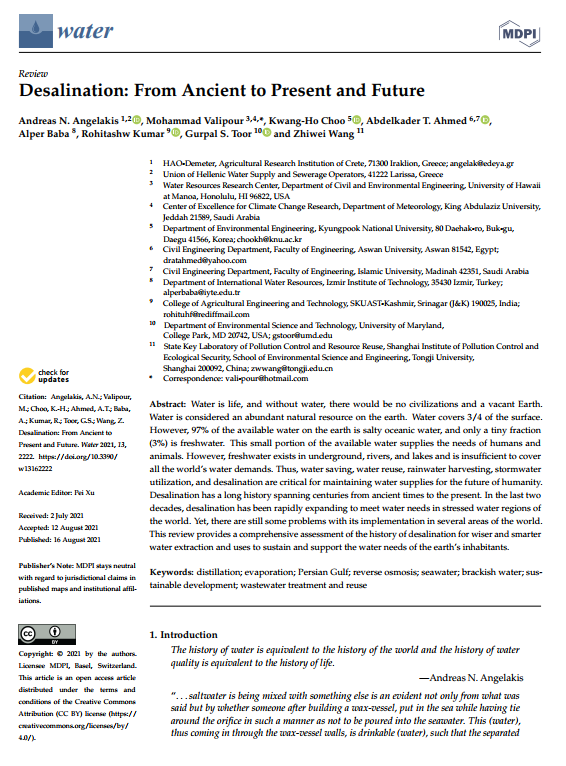

Reviews
There are no reviews yet.